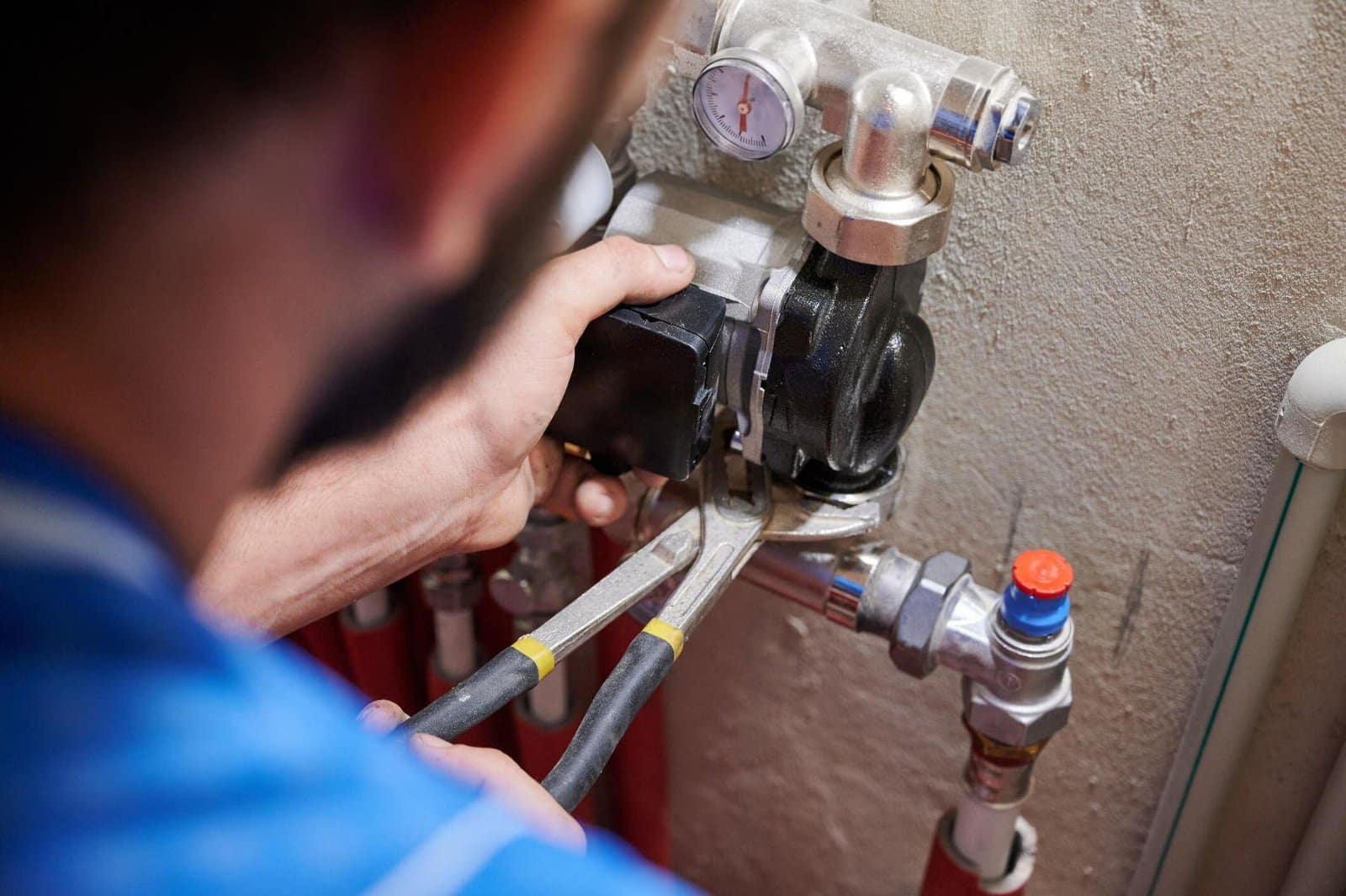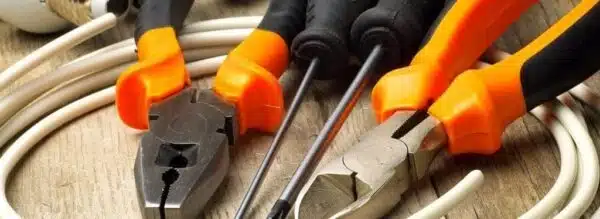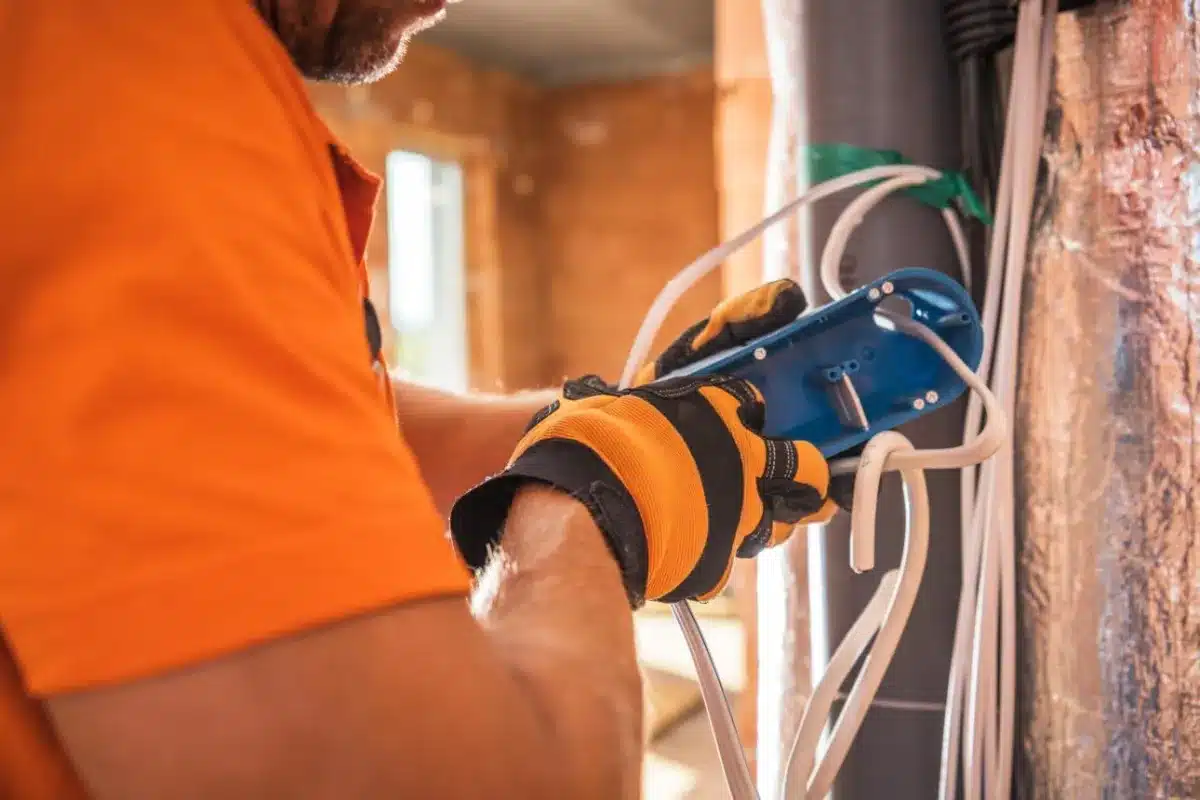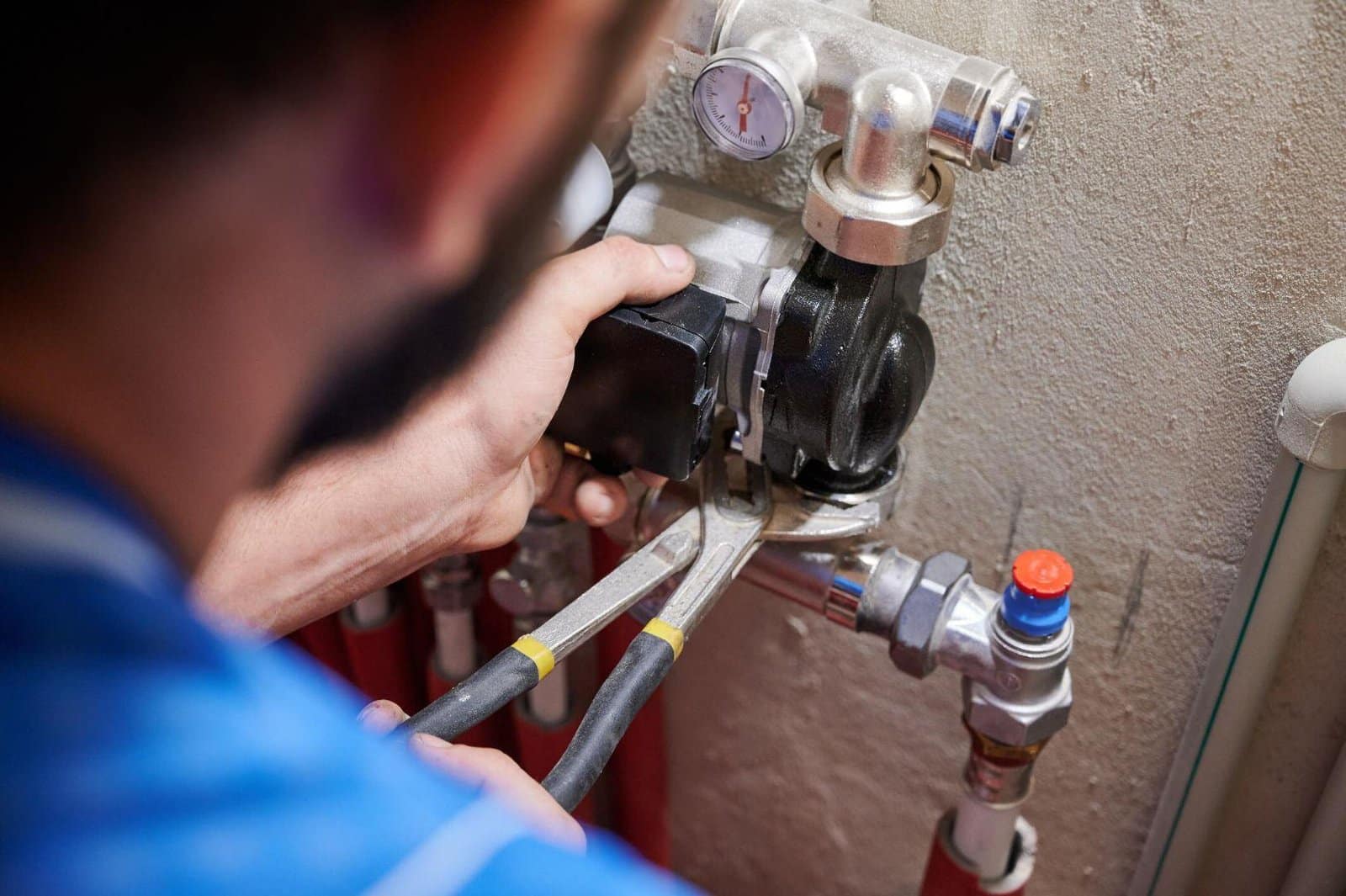Despite the many modern homes in Irving, TX, there are still old houses. Most aged residential buildings were originally wired to possibly light the rooms in the home and handle a refrigerator or an electric stove. And perhaps, that television.
Nowadays, people are used to all the high-tech electric charging stations, computers, smart kitchens, workshops, security, and entertainment systems. Thus, most seem not to realize the amount of electricity they use now compared to the older generations.
If you are in a new home, you don’t have to worry about rewiring since new homes are built to accommodate the high-electricity demands of modern home technologies and conveniences.
Conversely, the wiring in many older homes cannot meet the power requirements of these new, large tech-savvy appliances, which may put you on the sidelines when enjoying technology.
Also, the electrical construction in old structures might become outdated, falling below the current safety standards, which poses serious dangers to you and your family. Faulty wiring in homes is a recipe for electrical fires, and if you need evidence, you should look at the reports.
Having a licensed electrical contractor to rewire your old home is essential to ensure the wiring is up to code and it meets the household’s increasing power demands. However, before you have any old home electrical upgrade, you need to consider or do the following:
Take Inventory of Your Home’s Electric Usage
Knowing where and how your home uses electricity can help plan the electrical unit to match your household needs. Before contacting the electrical contractor, Consider going from room to room and create a checklist of everything that uses electrical power.
For instance, if it’s your garage, list down all outlets and lights. While in the kitchen, write down the large appliances as well as all the lights and the small appliances you frequently plugin. Do this for all your rooms, and don’t forget your water heater or the HVAC unit. All this information is essential as it influences the rewiring process.
Prioritize Your Electrical Needs
After preparing your home’s electrical inventory as above, the next thing to do is to prioritize it. This will help you have a detailed discussion with your hired electrical contractor on how to accomplish the work in an orderly, safe, and economical way.
Get the Electrical Upgrade Plan in Writing
Reputable electrical service providers such as the Tioga Plumbing & Electric will thoroughly review a client’s home’s needs before they can give a written estimate of the job to be done. Ideally, an assessment should be very detailed and provide for any potential issues during the work.
That way, you won’t be shocked if such circumstances come about. Maybe the only surprise you should have is how beautiful the old house rewiring project was timely and on budget.
Familiarize Yourself with the Local Building and Electrical Codes and Permit Requirements
Knowing your local building and electric codes is an absolute must for any electrical work you undertake in your home. Most professional electrical contractors understand this, including permit requirements.
Rewiring, in particular, is such a complex process. The code sets out everything, from the type of wire to use and the amount of wattage to the number of outlets you can install in your home.
Obtaining the relevant work permits and ensuring that the wiring is done according to the local code standards is essential to avoid creating significant electrical hazards or redoing the work, which could cost you more than you’d budgeted for.
Check Your Home’s Existing Internal Infrastructure
Besides knowing your home’s current electrical structure, you also want to learn the location of your plumbing, load-bearing structures, pipes, etc. Remember, rewiring will involve drilling holes in the walls to lay the wires.
Thus, consider getting a certified electrical contractor in Irving, TX for a comprehensive electrical inspection to determine all these conditions before any hole is drilled into your home.
Budget and Plan for Any Eventualities
Accessing wiring in most older homes requires the electrical contractor to take out or cut into walls and other structures. It would be best to consider rewiring during home remodeling, as undertaking remodeling projects concurrently helps cut costs.
And while at it, it’s also wise to plan for any unavoidable demolition and reconstruction of the rewiring.
Hire a Residential Electrical Service Pro with Vast Experience Rewiring Older Homes
Don’t want the job to end up in a mess? Choose an electrical contractor in Irving, TX who has worked on older home projects for a considerable time because they have in-depth knowledge of the difficulties, complexities, and oddities that entail rewiring older houses.
Aim for a “Home Run” and Strive For Balance!
A “home run” is what an electrical contractor would describe as where a single wire travels between the circuit breaker and an outlet without any extra connections or other devices connected to it.
This is just enough to create an optimal dedicated circuit to handle the power load on that line and to prevent the circuit breaker from popping. Although achieving such a configuration can be challenging.
If you are rewiring an older house with your electrical serviceman, you can use the electric usage inventory you created in step one to develop a balanced electrical system that distributes power use evenly between your outlets and circuits. Striving for balance here also means rewiring to future-proof the home as your electrical needs change.
Need an Electrical Update with a Retro Feel? Contact the Experts
Finally, you’ve known what to do when planning to rewire an old home, so the next thing is to call in the experts. At Tioga Plumbing & Electric, we’re pleased to let you know we’ve got your back. Since electrical projects are never a do-it-yourself thing, there’s a greater sense of comfort in knowing you’ve entrusted such work to professionals.
Our electrical contractors have extensive experience in rewiring old homes and are knowledgeable in the latest building and safety codes. To learn more about our other services, contact us today.
See our previous blog post here!
Photo By Jayne Chapman at Shutterstock
Taking a bite out of Your Plumbing & Electrical needs
Other Electrical & Plumbing Services

Taking a bite out ofYour Plumbing & Electrical needs
We make fixing your home easier than ever. Whether it’s a leaky pipe, faulty wiring, or an urgent repair, our experts deliver fast, reliable solutions you can count on.



















